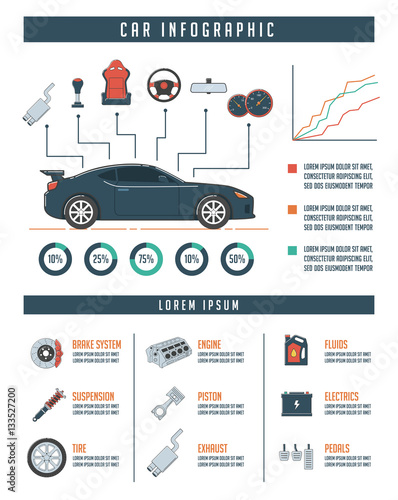Recognizing Your Auto'S Caution Lighting: What Do They Really Mean?
Recognizing Your Auto'S Caution Lighting: What Do They Really Mean?
Blog Article
Content By-Lauritsen Gilbert
When you're behind the wheel, those beautiful warning lights on your dashboard can be a little bit difficult. Do you recognize what they're attempting to inform you concerning your cars and truck's wellness? Understanding the significance of these lights is vital for your safety and the durability of your car. So, https://brakeplacesnearme06284.bloggip.com/30307452/get-ready-for-an-insightful-exploration-of-the-phenomenal-car-service-center-that-can-change-your-approach-to-vehicle-maintenance following time one of those lights turns up, wouldn't you want to decipher its message accurately and take the required steps to resolve it?
Common Caution Lights and Interpretations
Identify common caution lights in your cars and truck and comprehend their definitions to make certain safe driving.
The most regular caution lights consist of the check engine light, which signals issues with the engine or exhausts system. If cargroomersnz comes on, it's vital to have your lorry inspected quickly.
The oil pressure advising light indicates low oil pressure, calling for instant interest to avoid engine damage.
A blinking battery light may recommend a malfunctioning charging system, potentially leaving you stranded if not addressed.
The tire stress tracking system (TPMS) light alerts you to reduced tire stress, impacting vehicle security and fuel efficiency. Neglecting this can lead to harmful driving conditions.
The abdominal light shows a trouble with the anti-lock braking system, jeopardizing your capability to stop promptly in emergency situations.
Last but not least, the coolant temperature level advising light warns of engine getting too hot, which can lead to severe damage otherwise resolved quickly.
Understanding these typical caution lights will aid you address concerns quickly and maintain risk-free driving problems.
Value of Prompt Interest
Recognizing the common warning lights in your auto is just the initial step; the importance of quickly attending to these warnings can not be highlighted sufficient to guarantee your safety when traveling.
When a caution light illuminates on your dashboard, it's your auto's method of connecting a potential problem that needs interest. Disregarding these cautions can result in extra severe problems down the road, endangering your safety and potentially costing you a lot more in repairs.
Trigger focus to alerting lights can protect against failures and crashes. As an example, a flashing check engine light can show a misfire that, if left ignored, might trigger damages to the catalytic converter. Addressing this promptly can save you from a pricey fixing.
Likewise, a brake system alerting light may signal low brake fluid or used brake pads, critical elements for your safety and security when driving.
Do It Yourself Troubleshooting Tips
If you notice a warning light on your control panel, there are a few DIY troubleshooting tips you can try before seeking specialist help.
The very first step is to consult your cars and truck's handbook to understand what the specific warning light indicates. Sometimes the issue can be as simple as a loose gas cap activating the check engine light. Tightening the gas cap may resolve the trouble.
Another common problem is a reduced battery, which can cause various advising lights. Examining the battery links for rust and ensuring they're safe may fix the issue.
If a warning light persists, you can try resetting it by disconnecting the automobile's battery for a few mins and afterwards reconnecting it. In addition, checking your car's liquid levels, such as oil, coolant, and brake liquid, can assist troubleshoot cautioning lights associated with these systems.
Final thought
Finally, recognizing your vehicle's warning lights is crucial for maintaining your car running smoothly and securely. By immediately resolving these alerts and understanding what they imply, you can prevent costly repair services and potential failures.
Bear in mind to consult your car's guidebook for particular details on each warning light and take action accordingly to ensure a hassle-free driving experience.
Stay informed, remain secure on the road!
